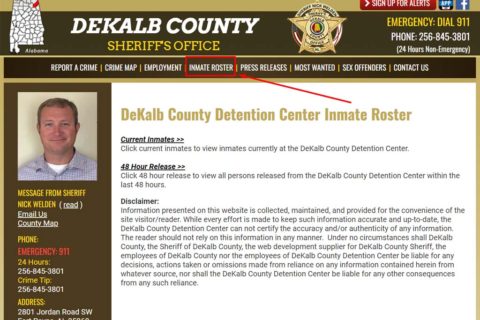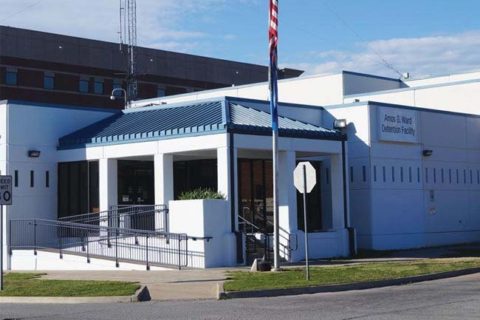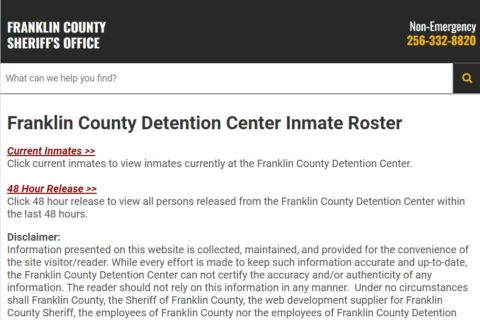Designated 501(c) (3) by the IRS, Prison Policy Initiative (PPI) is an American non-profit organization as a criminal justice oriented American public policy think tank based in Easthampton, Massachusetts.
This organization generates cutting edge research that aims to expose the broader harm of mass criminalization. It then sparks advocacy campaigns to create a more just society. To know more about the Prison Policy Initiative, you can see our post below. Here you go!
How Does Prison Policy Initiative (PPI) Work?
Prison Policy Initiative (PPI) is known as a leading public critic of the United States Census Bureau’s practice of counting prisoners as residents of the towns in which they are housed. This organization has also performed research in some states proving that it results in distortion of equal representation.
PPI also generates reports which aim to display the scale of incarceration in the United States. The most popular of those reports is the Whole Pie report providing a visual representation of all aspects of incarceration in the United States. This organization also generates ‘States of Incarceration’ which is a report comparing the incarceration rate of every U.S. that country is almost every other country on the planet.
Furthermore, this organization also generates any reports related to aspects of the criminal legal system including”:
-
- ‘States of Emergency: The Failure of Prison System Responses to COVID-19’
- ‘Rigging the jury: How each state reduces jury diversity by excluding people with criminal records’
- ‘Eligible, but excluded: A guide to removing the barriers to jail voting’
PPI, every year’ will also publish a listing of criminal justice reforms which legislators are likely to perform in the upcoming legislative sessions.
What Is the Role of Prison Policy Initiative (PPI) in the Movement?
It is known that the research and advocacy of PPI is at the center of the national conversation about criminal justice reform and over-criminalization. Since crucial national and state level data is frequently completely inaccessible, PPI’s insightful data analysis and powerful graphics assist to fill those gaps to bring in new supporters and also help other movement leaders reach their goals.
How Does the PPI Produce Reports?
Since publishing the first empirical, district-by-district analysis of the effects of Census Bureau methodology that counts inmates as residents of towns containing prisons, non their pre-incarceration addresses, Prison Policy Initiative (PPI) has been the leading critic of the practice and the distortion of equal representation it causes.
Peter Wagner, PPI’s Executive Director has testified on the issue before the National Academics and the New York State Legislative Task Force on Demographic Research and Apportionment.
The Census Bureau’s scientific advisors at the United States National Research Council have currently recommended that the Bureau starts to generate prisoner’s home address information and the New York Times editorial board has supported PPI’s calls for reform repeatedly. Once an unknown issue, the problem of the prisoner miscount has currently been identified as the most controversial issue for the 2010 census.
Furthermore, this organization has published reports about the issue including:
-
- Why the Census Bureau can and must start collecting the home addresses of incarcerated people
- Importing Constituents: Prisoners and Political Clout in New York
- Phantom constituents in the Empire State: How outdated Census Bureau methodology burdens New York counties
Additionally, PPI has also published the Democracy Toolkit that is an internet tool designed for rural democracy activities, allowing them to use PPI’s research procedures to study their own communities.
What Kind of Report Is Published by PPI?
One of the kinds of reports that is published by PPI is the ‘prison and jail telephone industry’. PPI actually describes why the industry should be regulated by the Federal Communications Commissions, the report also shows that the prison phone bills are so high due to a unique market failure.
The failure is about the prison system and local jails grant monopoly contracts to the phone company which will charge the highest rates and share as much as 84% of the profits with the facility. Well, the real customers (the families paying the hefty bills) are not involved in the decision-making process at all.
In fact, both parties to those contracts profit from disregarding the interests of the actual customers of prison telephone services. In addition to the high rates, the fees also have a big impact on prison phone bills, reaching up to 38% of the $1 billion annual price of calling home.
In addition to the report of ‘prison and jail telephone industry’, PPI also published the first-in-the-nation report on the new jail trend of banning letters from home and allowing inmates to write on public postcards. Well, the National Institute of Corrections called the report ‘required reading for policy makers and anyone working with individuals in jail custody.’
How Does PPI Set the Penalty for Offenders?
It is known that a lot of states have laws which increase sentences based on where an offense takes place. This way aims to deter offenses near places such as schools. However, when protected areas are too big, the deterrence effect is actually lost and those policies end up increasing harmful racial disparities.
The research of PPI displayed a Massachusetts drug law which determined the penalty by where the offense is located, and not the harm caused by the offense. Of course, it does not work and can never work and also has serious negative effects. The recommendations of the PPI’s two reports were endorsed by Massachusetts Governor Deval Patrick and led to a change in the law.
It is known that PPI partnered with organizations in each of those states to gather this data. They’re also making it available to advocates, researchers, journalists, organizers and others. PPI hopes that the organizations will use it to better understand how mass incarceration harms communities and correlates with other measures of community well-being.
The data is eventually available to answer it, thanks to recent reforms to end prison gerrymandering in more than a dozen states. If you want to find PPI’s initial reports that provide an analysis of the geography of mass incarceration in each state, you can visit the Geography of Mass Incarceration page here.

A bookworm and researcher especially related to law and citizenship education. I spend time every day in front of the internet and the campus library.




